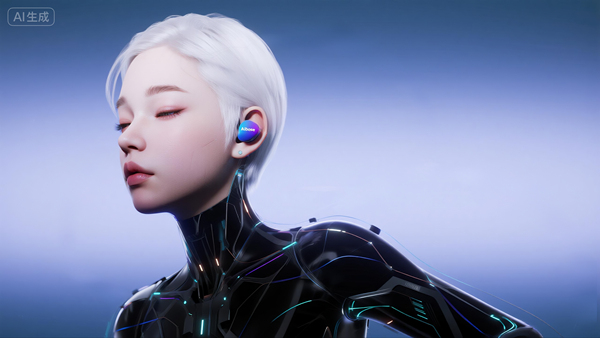The rapid development of drone technology is transforming our way of life, and research on language-based control of drones is undoubtedly at the forefront of this field. An innovative research project called UAV-Flow is emerging, using natural language processing technology to enable users to precisely control drones with voice commands alone. This technological breakthrough has the potential to significantly reduce the threshold for drone operation, promoting its widespread application in consumer, industrial, and rescue scenarios. Below is AIbase's in-depth analysis of this project.

The UAV-Flow Project: "Talking" to Drones
UAV-Flow is an advanced drone control system developed by an international research team, aimed at endowing drones with the ability to "understand" human instructions through natural language processing (NLP) and artificial intelligence technologies. Users no longer need complex remote control devices or professional training; they can simply speak everyday language commands such as "fly forward 50 meters" or "circle around the target," and the drone will execute them accurately. The core of the project lies in its advanced speech recognition module and command parsing algorithm, which can process complex semantics in real-time and convert them into executable flight paths for the drone.
According to recent online discussions, UAV-Flow's test videos showed a small drone completing complex actions such as takeoff, hovering, and avoiding obstacles in outdoor environments based on voice commands. The system's adaptability to different accents and speech speeds was impressive, maintaining high recognition rates even in noisy environments. AIbase believes that the core advantage of this technology lies in its user-friendliness, making drone operation as simple as conversing with a smart speaker.
Technical Highlights: Converting Voice Commands to Precise Flight Paths
The implementation of UAV-Flow relies on a multi-layered technical architecture. First, the system uses deep learning models to transcribe voice inputs in real time and combines semantic understanding technology to extract key information from the command. For example, "fly left 10 meters then hover" will be broken down into parameters such as direction, distance, and action. These parameters are then sent to the drone control module, where dynamic path planning algorithms generate flight trajectories. The research team has particularly optimized the system's fault tolerance, so even if the command is vague, such as "fly near that tree," the system can infer the target location through environmental perception.
In addition, UAV-Flow integrates multimodal feedback mechanisms. During task execution, the drone communicates the status of the task to the user through voice or visual signals, such as "moving toward the target" or "reached the designated position." This design not only enhances the interaction experience but also improves operational safety, especially in beyond-line-of-sight flight scenarios.
Application Prospects: Wide Scenarios from Entertainment to Rescue
The potential applications of UAV-Flow are extensive. In the consumer sector, ordinary users can control drones for aerial photography, entertainment, or logistics delivery via voice commands, greatly reducing the technical threshold. In the industrial sector, this technology can be used for precision agriculture, building inspections, or equipment maintenance, such as automating inspection tasks with the command "inspect the top of the wind turbine." More importantly, in emergency rescue scenarios, UAV-Flow allows non-professionals to quickly deploy drones to search for trapped individuals or deliver supplies, significantly improving response efficiency.
Developers have already discussed the potential expansion of UAV-Flow in open-source communities, such as integrating it with AR glasses to combine voice and visual commands. AIbase expects that with further technological maturity, UAV-Flow could become a new standard in the drone industry, redefining human-machine interaction.
Challenges and Future: Multiple Barriers Need to Be Overcome for Widespread Adoption
Despite the exciting prospects of UAV-Flow, large-scale application still faces challenges. First, the robustness of voice recognition in extreme environments (such as strong winds or mixed multilingual scenes) needs further validation. Second, drone regulations may affect the deployment of voice control systems, especially in densely populated areas. Additionally, the computational requirements of the system may impose higher demands on drone hardware, increasing costs.
The research team stated that the next phase will focus on optimizing algorithms to reduce power consumption, and plans to collaborate with drone manufacturers to explore commercialization paths. AIbase will continue to track the progress of UAV-Flow, looking forward to its disruptive transformation of the drone industry.










